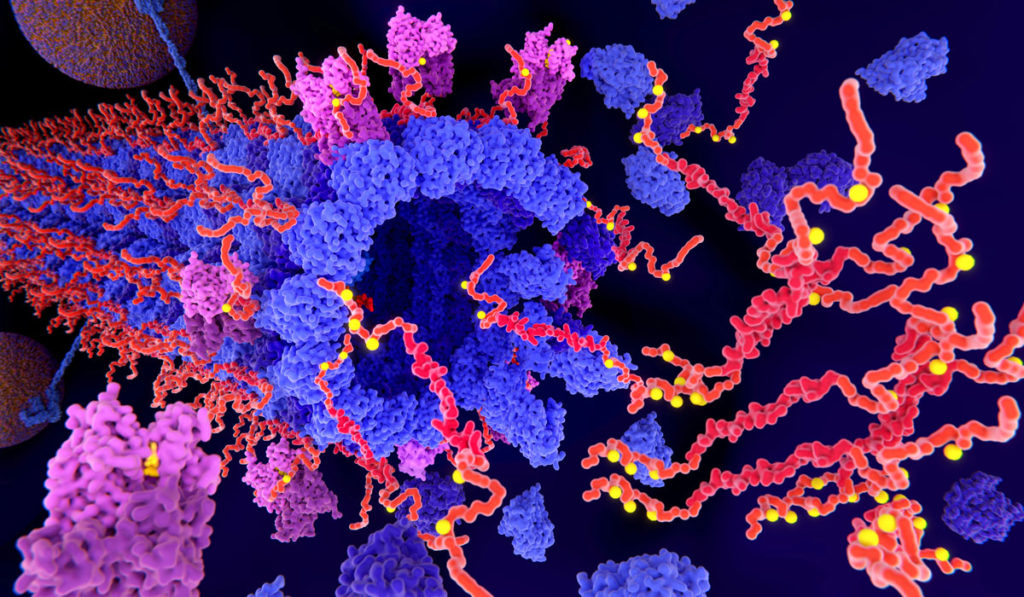Nearly two-thirds of Americans with Alzheimer’s are women, yet it’s not entirely clear why such sex disparity exists. Now, new research from Vanderbilt University Medical Center suggests interconnectedness within the brains of women may be to blame for the faster spread of specific pathologies associated with Alzheimer’s disease.
Results presented at the Alzheimer’s Association International Conference show networks of pathologically connected brain regions could indicate harmful proteins spread more easily in the brains of women versus men.
“Sex-specific differences in the brain’s neuroanatomical and functional organization may explain differences in the observed pathological network architectures, thus explaining differences in the prevalence of neurodegenerative disorders. Understanding these differences can help us develop appropriate treatments,” said Sepi Shokouhi, Ph.D., assistant professor of Psychiatry and Behavioral Sciences and lead investigator for the study.
Brain Scan Technique
Shokouhi and colleagues from the Center for Cognitive Medicine at Vanderbilt used PET scans to track the spatial spread of tau protein across different regions in the brains of men and women. Tau is a protein that normally helps transport nutrients within brain cells. During Alzheimer’s disease, it can become abnormally modified, spreading from cell to cell and accumulating into destructive protein tangles that are a hallmark of the disease.
Applying graph theory analysis, Shokouhi’s team explored patterns of transcortical tau spread in men and women. The technique employs algorithms to calculate correlations between tau-infected regions.
“It’s kind of like reconstructing a crime scene. You weren’t there when it happened, but you can determine where an intruder entered a house and what room they entered next.”
“It’s kind of like reconstructing a crime scene. You weren’t there when it happened, but you can determine where an intruder entered a house and what room they entered next,” Shokouhi explained. “The graph analysis does something similar to show how tau spreads from one region to another.”
In total, the researchers analyzed brain scans from of 301 cognitively unimpaired men and women and 161 with mild cognitive impairment (a condition that often precedes Alzheimer’s). The research used brain PET scans from the Alzheimer’s Disease Neuroimaging Initiative database.
Sex-specific Differences
The researchers used their specific algorithms to divide tau networks into subunits known as communities or modules. A community consists of a group of regions that show stronger tau signal correlations with each other than with the rest of the brain. The organization of these communities was the key to understanding sex differences in tau spread.
Women in the study had a larger number of “bridging regions” that connect various communities in the brain’s tau network. This difference may allow tau to spread more easily between regions, boosting the speed at which it accumulates and putting women at greater risk for developing Alzheimer’s disease.
“We saw a more spread-out pattern in women with mild cognitive impairment than men with mild cognitive impairment,” Shokouhi said in an NPR interview.
Further studies are needed to determine how the observed pathological networks mirror the brain’s functional and structural organization, Shokouhi says. “These studies are important to understand how sex differences in brain ‘connectome’ can affect spread of tau pathology.”
A Call for Targeted Therapies
The findings add to a growing body of evidence that men and women have distinct brain structure, function and biochemistry.
Accelerated spread of tau in women may indicate a need for sex-specific approaches for the prevention of Alzheimer’s disease. These could include earlier therapies or lifestyle interventions, Shokouhi said.





